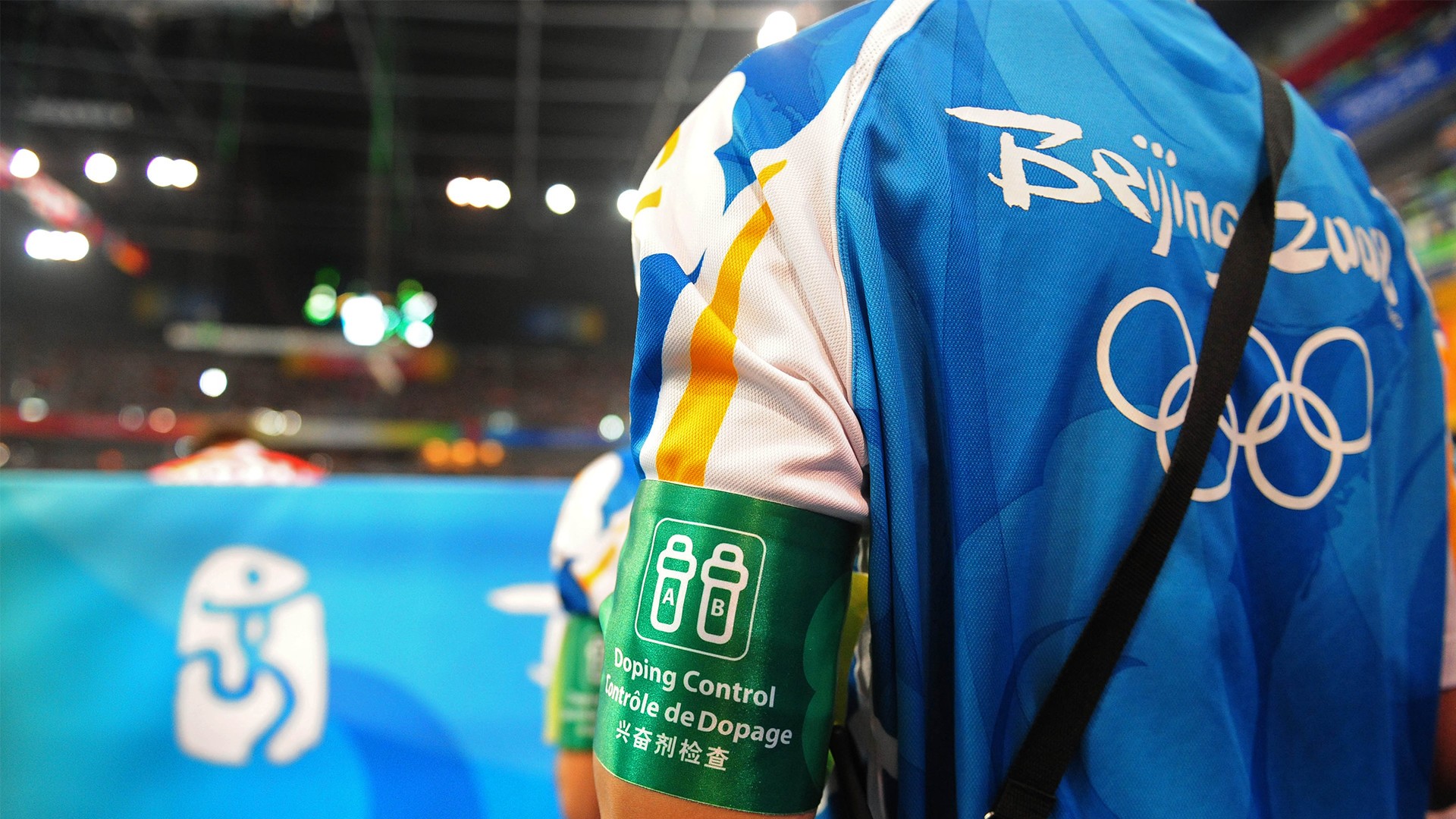This was a war, Logan began to realize, with few victories. In 2010, he was fired by USATF, reportedly in part for his outspoken style (a subsequent wrongful termination suit was settled). The split gave Logan time to think, and by the summer of 2013 he was ready to share. In an online column titled "May the Best Meds Win," he called the sports war on drugs hypocritical and unwinnable. A quagmire. Dismantle the constabulary, he wrote, starting with the World and U.S. Anti-Doping Agencies, WADA and USADA. Put Barry Bonds in the Baseball Hall of Fame. If athletes break criminal laws, then let them face the consequences; otherwise, let them decide what's best for their bodies. Comparing PED prohibition to the Vietnam War, Logan concluded that it was time to declare victory, give up the fight, and bring the troops home.Read More: Four Years A Student-Athlete: The Racial Injustice of Big-Time College Sports
Doug Logan and American sprinter Allyson Felix at the 2010 Penn Relays. Photo by Kirby Lee-USA TODAY Sports
Don Catlin founded the UCLA Olympic Analytical Laboratory, the first anti-doping lab in the United States. Photo by Presse Sports-USA TODAY Sports
Sports Illustrated, circa 1969. Image from eBay
Will the Rio Games be a "nightmare" of doping, as one international swimming coach predicts? Photo by Rob Schumacher-USA TODAY Sports
USADA head Travis Tygart. Photo by David Butler II-USA TODAY Sports
American sprinter Phil DeRosier was suspended for using a supplement containing a stimulant that was neither listed on the product's label nor WADA's banned substances list. YouTube
Are anti-doping efforts a waste? Photo by Joe Camporeale-USA TODAY Sports
Kids, don't try this at home. Photo by Kirby Lee-USA TODAY Sports

Maria Sharapova is serving a two-year competitive ban for a positive meldonium test. Photo by Jayne Kamin-Oncea-USA TODAY Sports
The peloton during the 2012 London Games cycling road race. Photo by Mark J. Rebilas-USA TODAY Sports
East Germany's state-sponsored doping program was a medical and ethical nightmare. Wikipedia
Taking testosterone made amateur cyclist and author Andrew Tilin more empathetic to the likes of Lance Armstrong. Photo by Olivier Hoslet-EPA
More than 100 Russian athletes have been banned from participating in the Rio Olympics. Photo by Hannibal Hanschke-EPA
Could legalized doping remove hurdles to a level playing field? Photo by Kirby Lee-USA TODAY Sports
